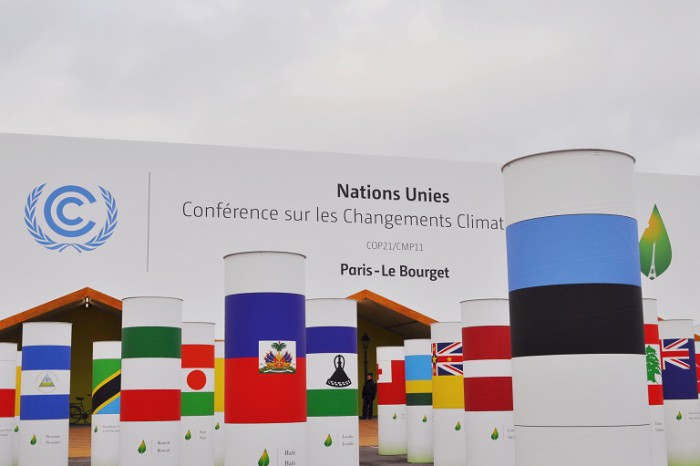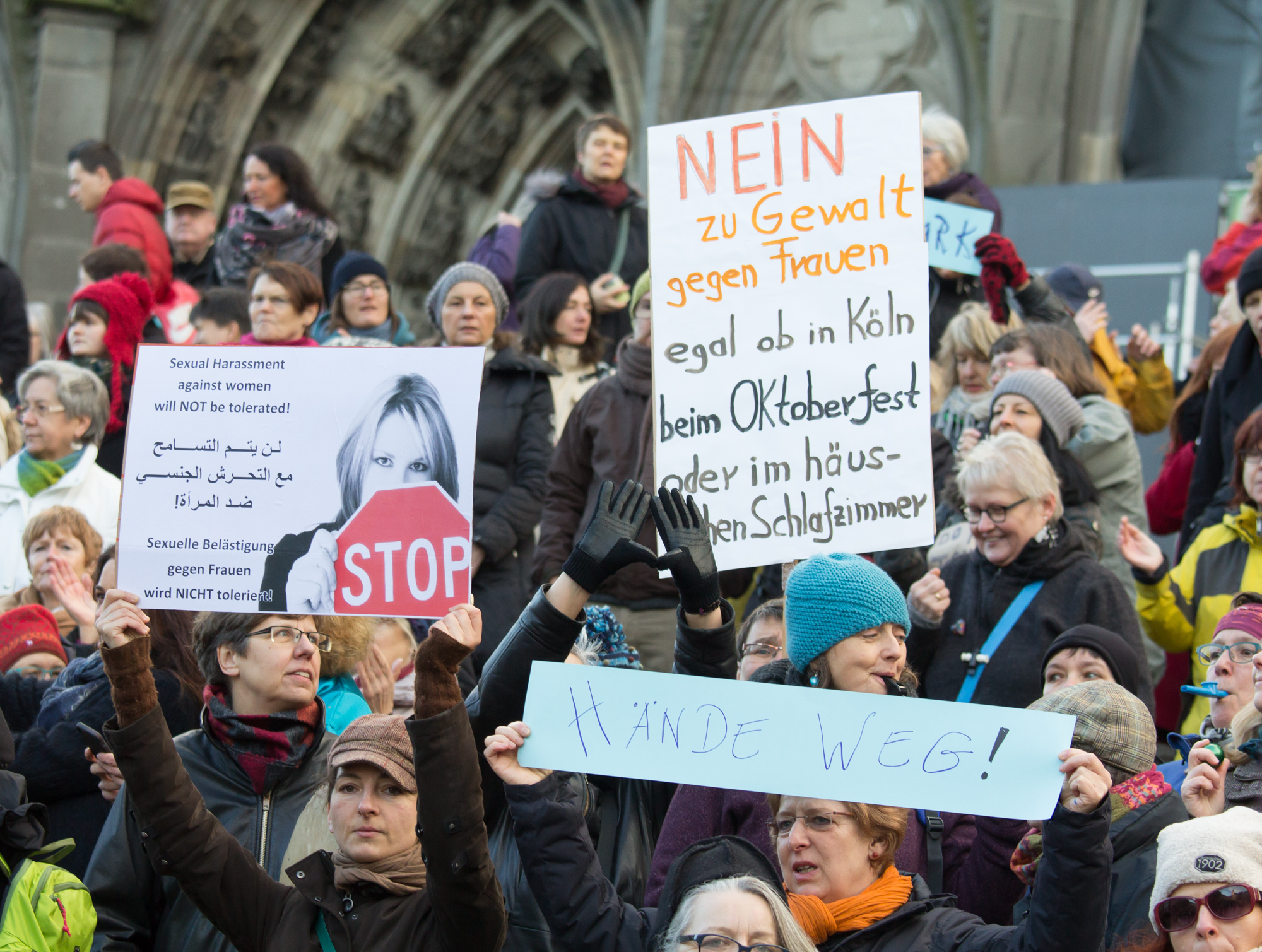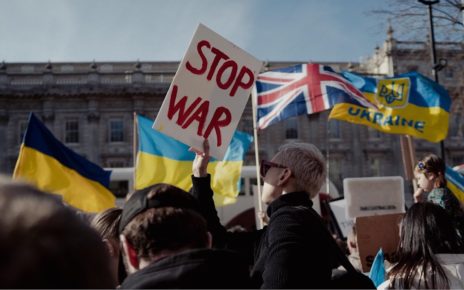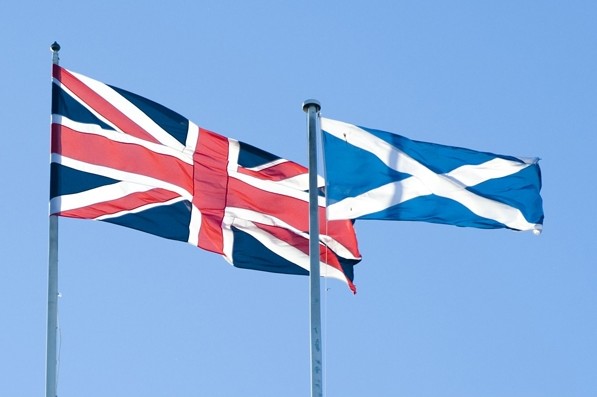Climate change is an increasingly important component of NATO’s agenda. In October 2015, the NATO Parliamentary Assembly adopted its first resolution on climate change and international security. The Assembly stressed the “urgent need” for actions, measures, and rules on climate change mitigation, adaptation, finance, technology development and capacity building and endorsed the global temperature targets set forth in negotiations leading up to the Paris Agreement. Resolution 427 acknowledged that climate change is a “significant threat multiplier” and that climate-related risks will impact international security by increasing the rate of natural disasters, and putting stress on resources, food and water security, public health and migration patterns as a result.
In the third part of our interview, I spoke with Dr. Tomescu-Hatto about the relationship between climate change and international security and how NATO can prepare for the new security challenges it will face as a result of rising temperatures.
GZ: Climate change has been a rising issue on the NATO agenda given its potential to significantly affect NATO planning and operations. How will climate change affect NATO’s role and activities in the international arena?
OTH: Climate change currently affects the agenda of all international and regional organizations. NATO is no exception.
I would like to stress that in spite of all potential misjudgments the North Atlantic Alliance was at the forefront of the discussions on climate change and international security, so the topic is not new for NATO.
The Alliance recognized the natural environmental challenges facing the international community in 1969, when it established the Committee on the Challenges of Modern Society (CCMS). The CCMS provided a unique forum for NATO and its partner countries to share knowledge, lessons learned and experience on several environmental matters, both in the civilian and military sectors.
NATO’s activities related to the environment have often included both environmental protection, protection from the damage and impact of military activities, and environmental security, addressing environmental challenges including the risks posed by climate change. Climate change has been on NATO’s political agenda for quite a while and the latest Summits have underlined the urgency for the Alliance to be prepared to respond to new climate challenges.
In 2012, the Summit in Chicago acknowledged that climate change and environmental issues “have the potential to significantly affect NATO planning and operations.” The latest NATO Summit in Wales recognized that “key environmental and resource constraints, including health risks, climate change, water scarcity, and increasing energy needs will further shape the future security environment in areas of concern to NATO and have the potential to significantly affect NATO planning and operations.” On October 12, 2015, two weeks before the COP21, NATO’s Parliamentary Assembly adopted a resolution on climate change and international security urging members of the Alliance to reach an ambitious climate agreement and to “fully recognize climate change-related risks as significant threat multipliers in their foreign and security policies.”
NATO recognizes climate change as a threat multiplier that will shape the security environment in areas of concern, and will affect the operating environment, planning, roles and missions of the Alliance.
First, climate and environmental issues have already been taken into account in several missions entrusted to the armed forces by many NATO member and partner countries. This is particularly true when the military is engaged on rescue and assistance missions to secure populations hit by natural disasters and catastrophes or in support of the civil security forces. I recently listened to a speech delivered by Jamie Shea, Deputy Assistant Secretary General for Emerging Security Challenges at a conference in Netherlands. He recalled that NATO is often among the first to arrive on the scene and has deployed the Rapid Response Force to Pakistan to deal with an earthquake scenario. NATO’s navies have also responded to tsunamis and to Typhoon Haiyan. Climate impacts are equally demanding a military response in Europe and the US. When the Balkans were hit by floods or when Hurricane Sandy hit the US, for example, thousands of military personnel were called in to respond and provide the necessary aid.
The rise in the number of extreme climate events will probably lead to an increase in the engagement of the military, so this is an issue for NATO in terms of planning and operations and in terms of readiness and capacity for quick reaction.
It is also an issue in terms of equipment and adequate materiel and technology. The military should be prepared to operate in an increasingly unfriendly environment and in more extreme climates.
Second, as I stressed earlier, climate change threatens to intensify competition over resources, exacerbating existing conflicts and even triggering new ones. Some conflicts or potential threats can be seen as being far from the Alliance’s geostrategic area of interest but many tensions may occur in the NATO vicinity. For instance, potential tensions over water resources in Central Asia may affect the Eastern flank of the Alliance. So, again, a forecasting vision and preparedness are needed in order to ensure regional stability, and if necessary the security of its members.
The conflict over resources brings me to the importance of the Arctic for the Alliance. Five Arctic countries are NATO members: Canada, Denmark, Iceland, Norway, and the US. The melting of the Arctic ice will be felt around the world.
Climate change represents both an opportunity and a challenge. With the ice melting, there are new opportunities for extracting minerals, new routes of transport shipping, fishing, and so on. Many countries will be interested in overseeing that this area is well managed and that they have a role to play. The territorial disputes have been on the political agenda of countries in the region for several decades and this in spite of the fact that the five littoral Arctic states have sought to address potential disagreements over the extension of Exclusive Economic Zones and continental shelves in a peaceful manner in accordance with the principles of the UN Convention on the Law of the Sea (UNCLOS). For example, Canada and Denmark agreed on the division line between their economic claims in the Lincoln Sea.
The relations between NATO and Russia have worsened after the Ukrainian crisis and remain tense while Moscow has never hesitated to show its assertive power in the region. Russia’s Northern Fleet is stationed in the Arctic, in Severomorsk in the Murmansk region and Severodvinsk in the Archangel region. This force accounts for almost two-thirds of the entire Russian navy, and the strategic significance of the “far north” for the country is more than obvious. The Arctic is a security area with conflicting interests and should remain a priority for NATO as an international actor and therefore as an important part of its future operations and capabilities planning. For the time being, how many icebreakers will NATO countries be able to deploy in the region? How many maritime and patrol aircrafts? How many men? What are our “marges de manoeuvre” in this region?
In the context of climate change and the potential “disputes” over the access to resources, the area could, unfortunately, revive some old Cold War security games and the Alliance will need to increase its monitoring and surveillance missions as well as its capabilities. All these imply political will and economic resources.
Last, but not least, global warming will call for more and more methodologies for forecasting of threats and immediate tailored responses.
Political instability and social tensions coupled with increased effects of climate change, such as land degradation, for example, will exacerbate poverty and resource scarcity and will amplify the threat of terrorism and violence.
Weak states and divided societies that are gradually deprived of their basic needs may easily become havens for terrorist groups. Climate change impacts will definitely result in an increase of new tasks and interventions for the Alliance requiring new planning for new operations – and, again political commitment from all member countries will be needed.
This is part of a four-part interview series with international security expert Dr. Odette Tomescu-Hatto, in conversation with Genevieve Zingg on climate change, COP21, and the Paris Agreement.




